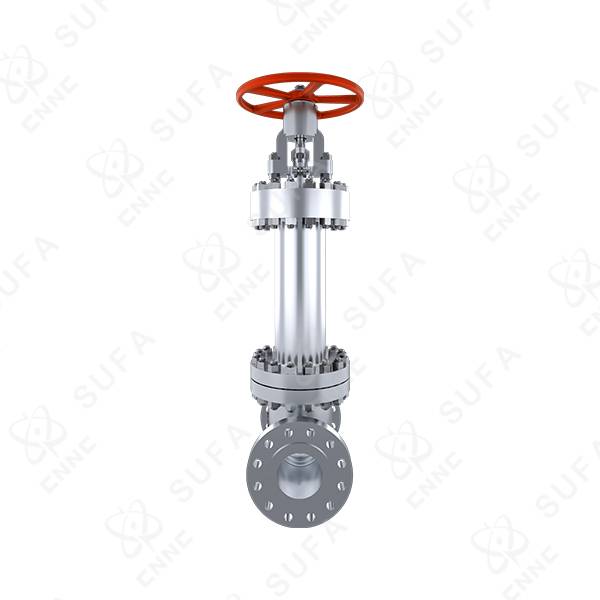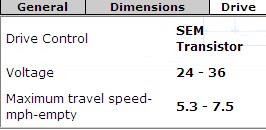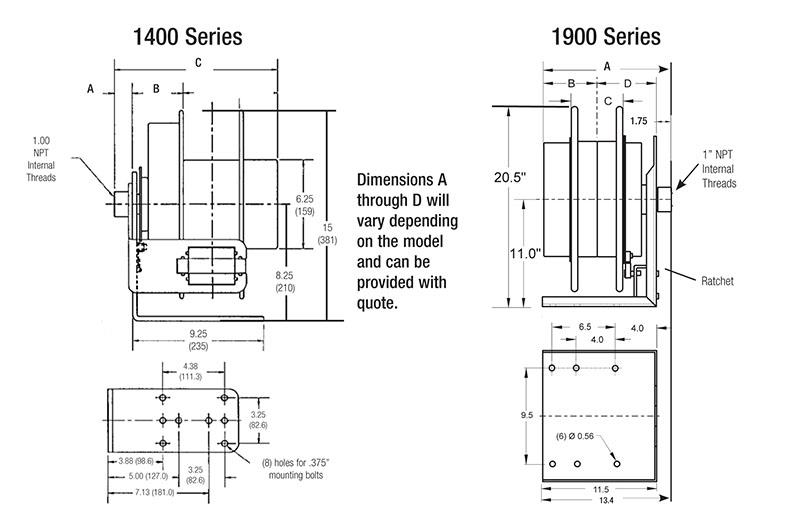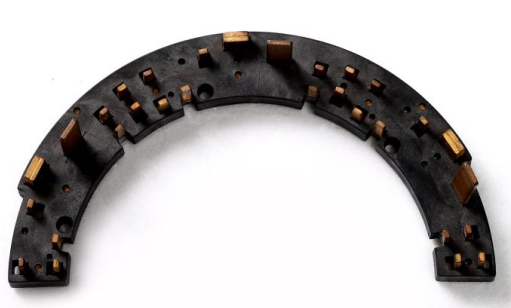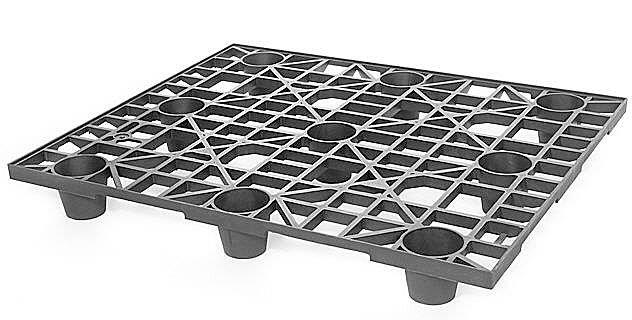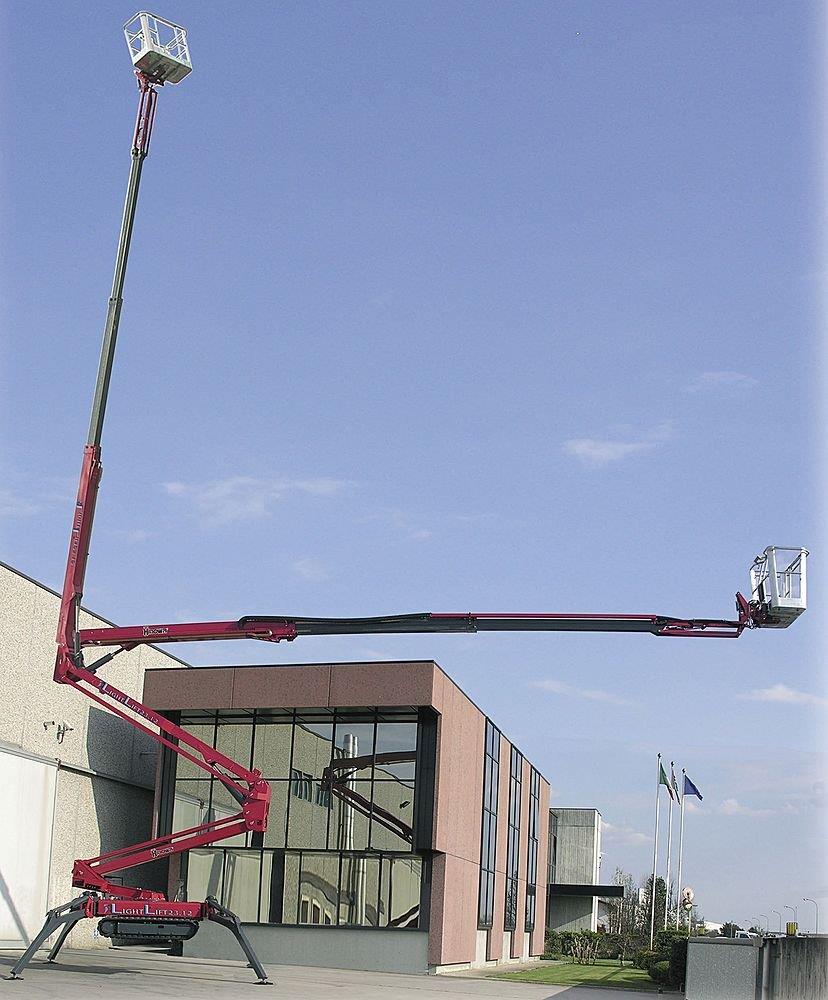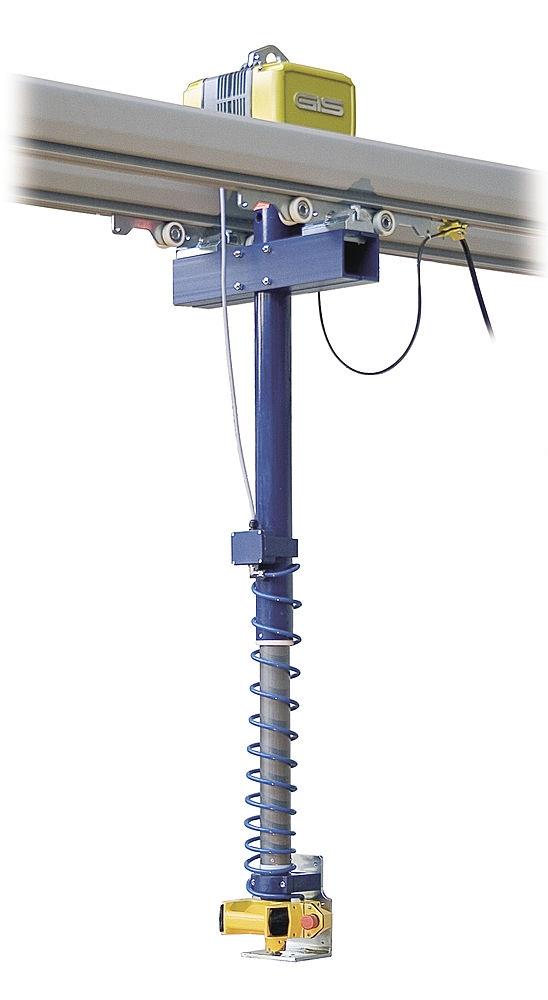Wedoany.com Report-Nov 16, US Congressman Juan Ciscomani (AZ-06) celebrated the bipartisan House passage of his legislation to ensure parity between Critical Materials, as defined by the Department of Energy (DOE), and Critical Minerals, as defined by the US Geological Survey (USGS) to eliminate confusion, confer the same benefits to both lists moving forward, and end US reliance on foreign adversaries for critical minerals and materials. This bill passed with bipartisan support by a vote of 245-155.
While the statutory definition of Critical Minerals and Critical Materials are similar, the DOE and USGS created very different methodologies when developing their lists. The USGS finalized the Critical Mineral methodology and list in 2022, focused solely on the supply and relied on old data from 2015-2018.
On the other hand, when DOE announced the Critical Material list in 2023, it balanced essentiality and supply risk and looked at projections into the short- and medium-term future, rather than looking in the past. Copper, electrical steel, fluorine, silicon and silicon carbide are all Critical Materials and not Critical Minerals.
Ciscomani’s legislation, H.R. 8446, the Critical Mineral Consistency Act, would add the DOE’s list of Critical Materials to USGS’ list of Critical Minerals. This would remove the DOE Critical Materials from the disadvantage of not being eligible for the more extensive energy-focused benefits conferred to the USGS Critical Mineral list instead conveying the same benefit to both lists.
Supporting organizations include the National Mining Association (NMA), Business Council for Sustainable Energy (BCSE), National Electrical Manufacturing Association (NEMA), Zero Emission Transportation Association (ZETA), Transformer Manufacturing Association of America (TMAA), Copper Development Association (CDA), U.S. Chamber of Commerce, Mint Innovation, National Association of Manufacturers (NAM).




